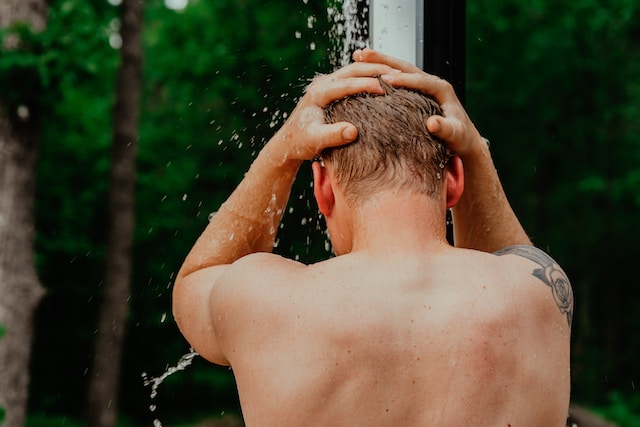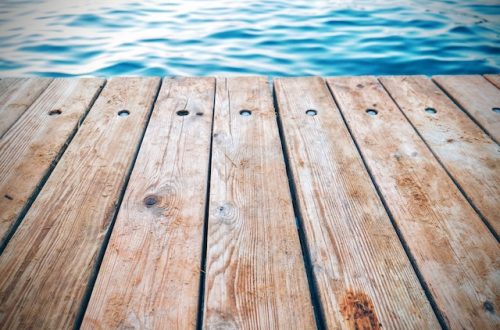
Understanding the Different Types of Residential Water Heaters
Whether you’re looking for a water heater replacement or installing one in a new build, you want to choose the right option for your household. Today’s energy-efficient models use less energy, which conserves H20 and helps limit your power bill.
The most common water heater has an insulated tank that holds hot water heated with natural gas or electricity. They typically have a burner, thermostat, and heating element.
Tankless Water Heaters
Known as on-demand or instantaneous water heaters, tankless models have no storage tanks and heat water only when used. They operate on natural gas or electricity and can be sized for point-of-use (POU) or whole-house applications. They are energy efficient, consuming between 30 to 50 percent less energy than units with tanks and eliminating constant standby losses.
When a hot water tap is turned on, a flow sensor activates the unit’s control panel, sending a signal to turn on a gas valve and a heating element. The unit then begins to heat the water, passing through a tubing network and a mixing valve.
Precise temperature control eliminates the temperature fluctuations associated with tank-type water heaters and reduces exposure to Legionella bacteria. These units also cost less to install and are quieter than gas or propane tank-style water heaters. However, these units require regular flushing to remove minerals that build up inside the system.
Point-of-Use Water Heaters
Unlike whole-house water heaters that supply multiple outlets, point-of-use (POU) units are installed directly at the point of use, like a shower, sink, or dishwasher. They’re often electric and tankless residential water heaters San francisco, CA, but can also be gas. These small units heat water on demand to provide nearly instantaneous hot water.
They eliminate the need to wait for hot water while reducing energy waste and water wastage. It also helps prevent high utility bills.
POU units are great for homes that are set up with a central water heater but need an extra unit to ensure there’s always enough hot water for showering. It’s also an excellent choice for older homes with less insulated pipes, as it can reduce the energy needed to heat the water. They can be installed under the sink or right at the shower head, making them easy to install in smaller homes. They’re also known as on-demand or instantaneous POU water heaters.
Tank Water Heaters
The typical home water heater is a conventional storage system that comes in electric or natural gas versions. It includes an insulated tank that stores anywhere from 20 to 80 gallons of water. Once the water is heated to the desired temperature, it is delivered to the faucet or showerhead through a pipe that protrudes from the top of the tank. However, these water heaters tend to waste energy through standby heat loss, even when they are not in use.
To determine how much a conventional storage water heater can produce in one hour, look at its Energy Guide label for its First Hour Rating (FHR). Multiply this number by the amount of household appliances and fixtures that use hot water to determine your peak demand.
Consider getting a power direct vent model if your home requires a gas storage water heater. This type of water heater draws air from outside the home for combustion, eliminating the need for venting through a traditional vertical or upward sloping duct.
Solar Water Heaters
Solar water heaters offer a completely renewable alternative to fossil fuel-based technologies. The solar thermal systems use collectors to warm and store water for domestic use. They are one of the most common and simple ways households can use renewable energy.
There are two types of solar water heating: active and passive. Active systems have circulating pumps circulating potable water through the heat collector or non-freezing heat-transfer fluid into a storage tank. They work best in climates where freezing is not an issue.
Passive solar water heaters use thermosiphon to move hot water from the sun-heated tank to your plumbing system, using gravity and convection. They work well in most climates.
Solar water heating is a good option for homeowners who have significant roof space and can afford the upfront cost of a solar water heater. Depending on their needs and location, they may also need a conventional water heater for backup.





